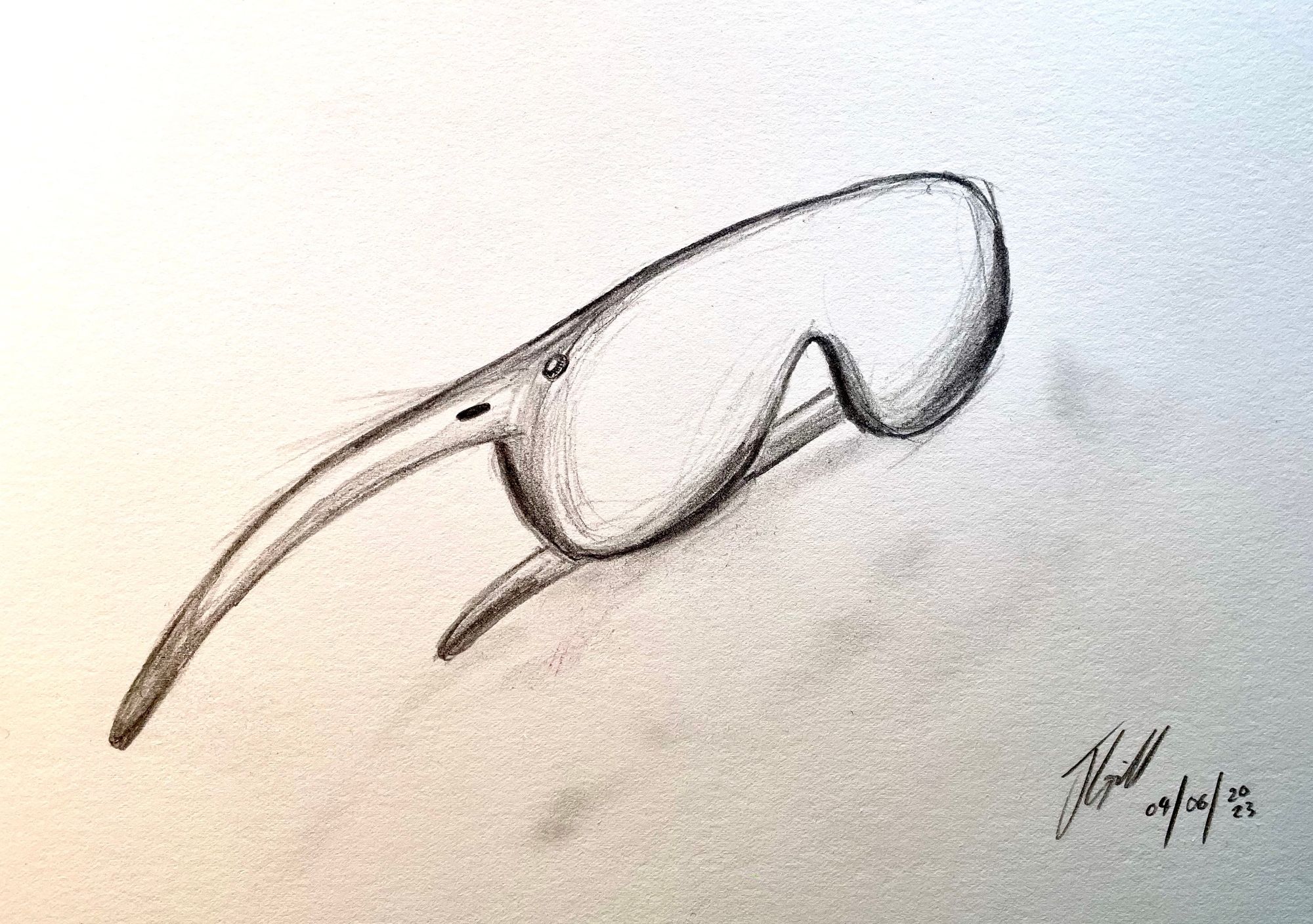
The silence is deafening — Apple is going to announce a VR headset imminently.
The very fact Apple hasn’t denied any rumours, and the increasing nods towards a big launch, are evidence enough. If they weren’t, then we’d know by now.
The feeling is very reminiscent of the run-up to the launch of both the original iPhone and Apple Watch — both products were widely expected to be unveiled, but the knowledge of exactly what they would entail was almost entirely unknown.
We’ve been here before
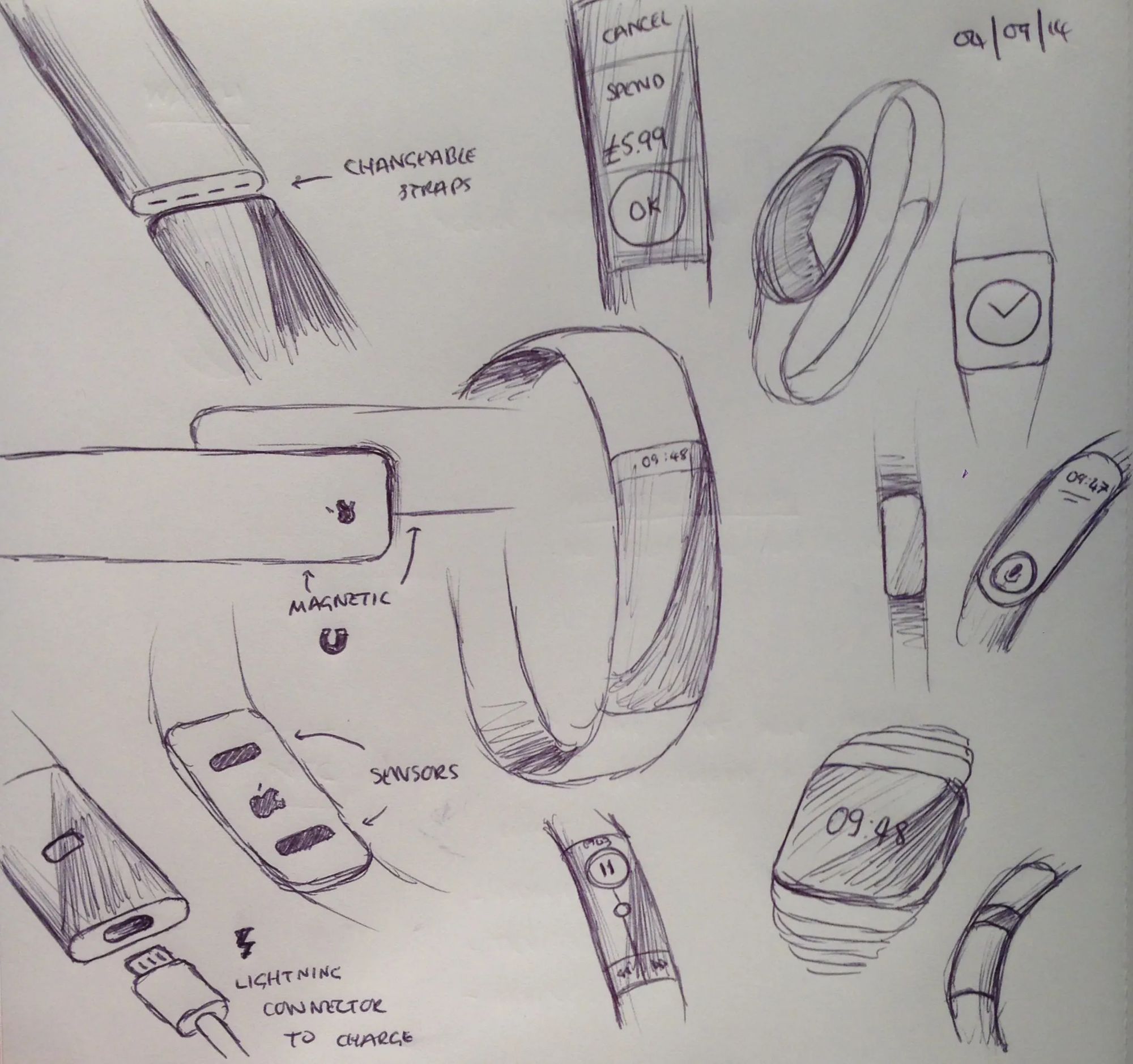
While I never wrote about that feeling before the iPhone launch, I wrote a piece just before the Apple Watch was announced: “Why would Apple make a Watch?” in which I tried to get into the mind of the decision makers at Apple and understand why they would enter the watch market and what the device might enable.
Looking back at that piece, I feel quite proud. While I was not the only person pondering such concepts, I proposed the Apple Watch (or iWatch as I believed it’d be called at the time!) would:
- Enable you to pay on the Subway, and allow for contactless payments — before Apple Pay came along.
- Have easily detachable / swappable straps.
- Become a key health companion, continuously monitoring your activity and heart rate.
- Enable you to sleep better and wake up at the optimum time.
- It’d prioritise telling the time at all costs, despite its smart features.
I got many things wrong too — I thought the Watch would:
- Have incredible, unbelievable battery technology.
- Rethink the concept of a display: “I will eat my metaphorical hat if we see a full colour backlit Retina display on the device”.
- Be the “magic wand” remote to your Apple TV.
- As you can see from my sketches — the physical appearance of the Watch I believed Apple would make was more akin to a Fitbit activity band.
I love reflecting on that post because it’s what makes following a secretive company like Apple so fun — you can dream and imagine, and you get to find out eventually if you were right. You get to decide if you felt Apple lived up to, exceeded, or missed your expectations.
So with an entirely new device and category just around the corner, what do we hope to see from the Californian giant?
Let’s dig in…
What will it be called?
I don’t believe Apple will call this a “headset” at all. Apple has never referred to the iPhone as a “handset” even though it’s how carriers and many consumers referred to phones before the iPhone.
Normal people don’t buy “headsets”. Headsets are for gamers and geeks.
Apple makes products for people who want the best, and they, of course, charge prices aligned with that approach.
There are numerous rumours and trademark filings, and even supposed confirmations in various code changes that seem to confirm the new operating system for the device will be called “xrOS”. So, this gives us a considerable hint as to the branding thinking.
Apple has long moved away from the prepended “i” moniker, so the device will likely be “Apple Something” — like “Apple Watch” or “Apple TV”.
Then again, I find it hard to decipher the logic behind the naming conventions of a company who named the iPhone Pro Max, M1 Pro, Ultra, and Max, and thought “Apple TV” would be a good name for both a hardware product, app, and service.
There are a few names I would bet against:
- Apple Glass
- Apple Shades
- Apple Quest(!)
- Apple VR
- Apple Headset
It seems likely at this point that “Apple Reality” is the name of the device, but I still don’t quite love it. Maybe it’ll roll off the tongue very soon, just as “iPad” seemed like a ridiculous name until a week or two after the device’s introduction.
Who’s it for? What will they do with it?
Currently, VR headsets have seemingly not caught on with the mainstream. Even within gaming circles — the largest market for VR — the adoption of headsets has been far from universal.
Apple’s products are often considered “niche” for various reasons upon initial launch.
The iPod was expensive and locked down to the Mac. The iPhone was expensive, and the idea of a touch screen for text input was enough to put many off at first. The Watch was underpowered and lacked a killer slam-dunk app to win people over initially.
But this is how Apple rolls — they launch, and they iterate every year without fail.
Apple may not get it perfectly right on day one, but I am excited to see where Apple believes the market for this product is today and where it will be in the future.
I am convinced Apple’s product will be for far more than gamers. In fact, I believe Apple will be keen to show many more use cases outside of gaming to de-emphasise gaming to just one of many use cases.
The Professional Market
Some say the first iteration of the product will not just be “Apple Reality”, but “Apple Reality Pro”.
Apple uses the term “pro” loosely — to mean the better, more powerful version of a product, and not to prescribe the product to only be used by professionals — see “AirPods Pro” as an example.
Previously, I was convinced Apple’s headset will focus on professional use cases primarily. If the rumours of the $2-3k price point are true, then surely anything besides a pro-focused pitch would totally alienate the vast majority of consumers.
Apple taking a pro route in this space would mean taking every on-stage pro demo that has taken keynote time for years and bringing it to the headset: architecture, interior design, 3D modelling, medical understanding, and more.
In fact, I was so convinced that the Apple device will be focused on the pro market I almost stopped there, until I realised a few more “killer” use cases that could be bubbling away.
The Fitness Companion
Have you done an Apple Fitness+ workout with your iPad or iPhone? Whether it’s core training, HIIT, strength, yoga, or dancing, if you’re anything like me, you’ve probably struggled.
I always find myself grabbing the iPad and moving it around the room, frantically trying to catch the move that’s being shown by the instructor, while trying to hold my iPad and not knock it over.
I sense the Fitness+ content could go to a whole new level when considering what a VR world around it could allow. Even assuming the content remained the same as we have today, the idea of having the content essentially strapped in front of your eyes, and your metrics in view continuously, would be a huge advantage.
Going further on this thought, it lends itself to the Apple ethos of hardware, software, and services being integrated, and allowing the Apple VR device to have a very cool, fitness related angle, much like the Watch has taken on.
Meditation and wellness
It would be easy to bundle this under fitness, but I believe the headset offers a unique advantage for meditation and wellness.
Apple’s ethos tends to be on helping connect people, and on encouraging the technology to get out of the way, so it’s almost transparent. The Watch helps me stare at my iPhone less, and my AirPods are almost unnoticeable as a device I wear daily.
But meditation is a place in the day when one has a desire to be totally disconnected from the outside world. Putting on the Apple device could be an incredibly enjoyable, rewarding experience for those wishing to take five minutes out and get in tune with themselves.
Opticians
As someone who wears glasses, and is obviously obsessive about Apple, I’m curious if the Apple Headset will have an impact on the world of optometry.
There are many benefits of a headset over traditional screens for measuring your eyes: the fixed distance between the screen and your eyes, the pupil tracking, and more.
Will this make it easier for people to detect eyesight problems by themselves via various apps that could be made possible?
Will this be a pathway for more HealthKit opportunities and give more power to patients to understand and improve their eyesight without needing to rely exclusively on in-person visits to opticians?
I’m excited to see what could unfold here.
Driving
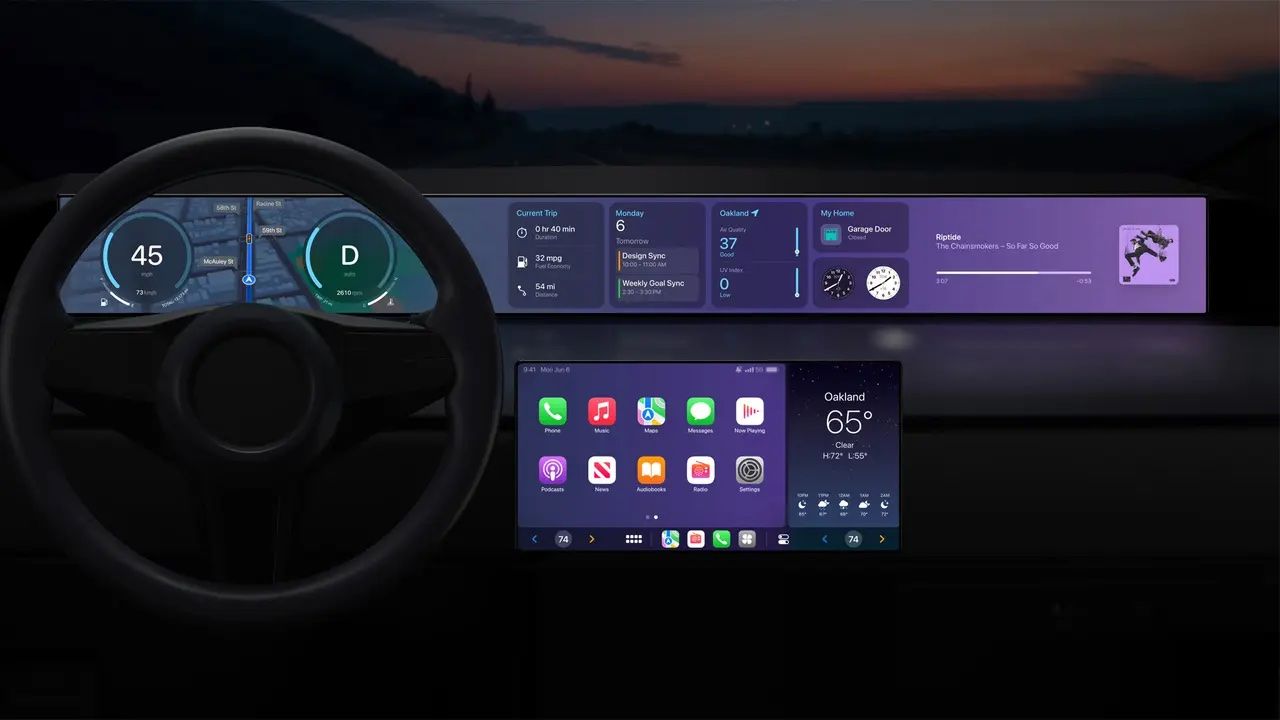
I don’t know if this is even legal, but if we go on the assumption that the device is as much about “extended” reality as it is “virtual” reality, could the device be used in “Driving” Focus mode?
This would allow drivers to live the dream of the heads-up display with direction and more in their field of view?
I was almost hesitant to suggest this in writing as it seems almost laughable right now, to me at least, that people would drive around with a VR headset strapped to their faces. But if Apple gets the hardware design right, and it’s actually legal (or even if it’s not) what will stop consumers from using the device as a powerful augmented reality experience while driving?
The car also offers a comfortable, well-defined space for virtual and augmented reality apps to structure their interfaces around, and the problem of low battery power can be solved by directly plugging the headset into the car’s power.
Apple’s Maps and combined AR work, along with their extensive plans for CarPlay, propose to me that this could be a hugely overlooked opportunity for the device.
What will it look like?
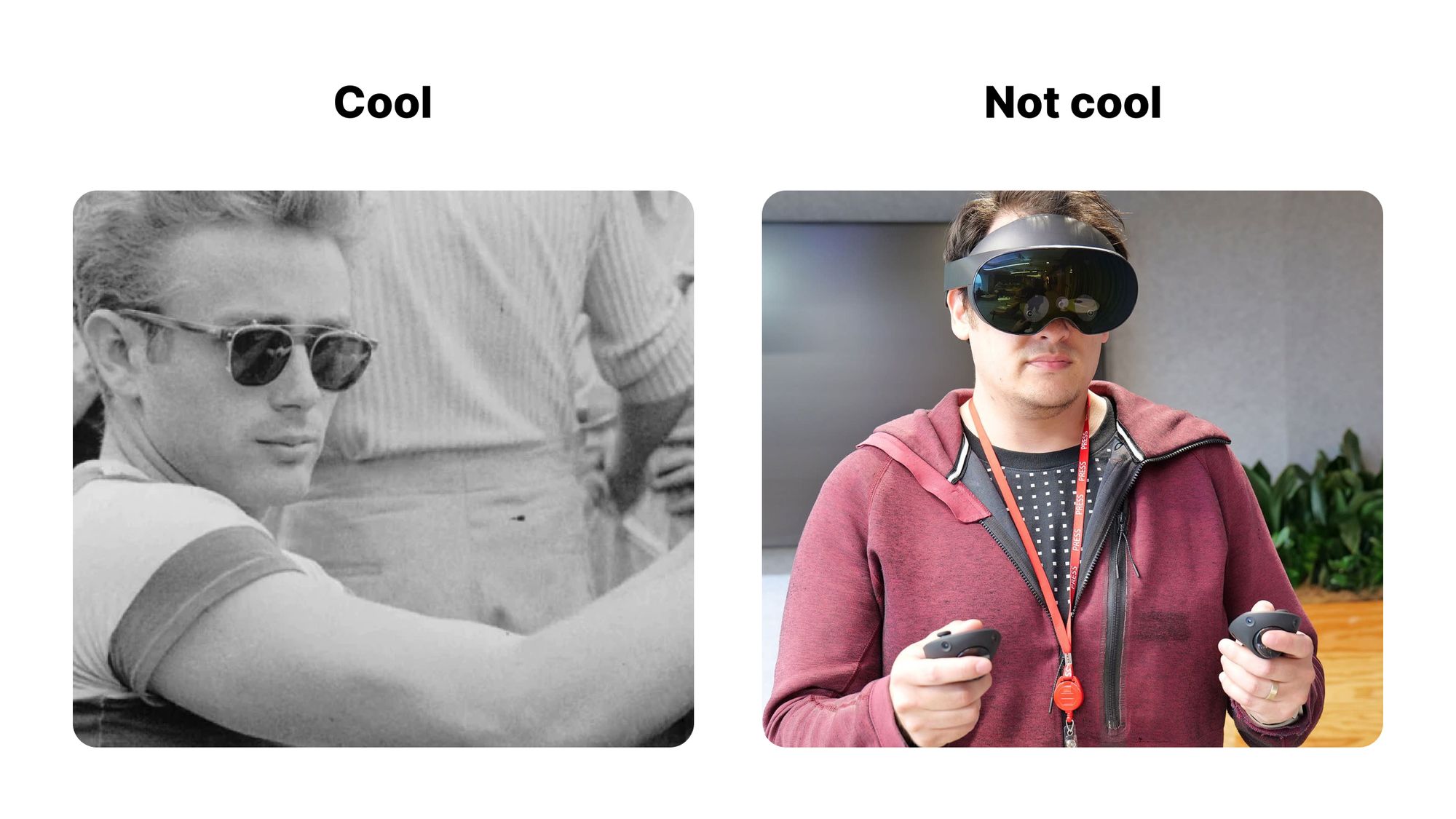
Let’s assume Apple makes the best headset that has ever existed.
Based on the rumours, it seems clear that it’ll have incredible specs: dual 4K displays and a whole host of advancements that I am totally unqualified to assess.
Critically, though, one of my biggest questions about the device is how Apple makes it appealing to wear. I find it hard to characterise the current state of VR headsets as anything other than dorky from a style perspective.
Apple doesn’t sell products that’s aren’t cool. There’s only so far slick marketing campaigns can go to persuade people to buy something. Apple has a giant task on its hands making VR goggles cool.
Are ski goggles cool? I guess so, when you’re skiing.
Are ski goggles cool when you’re walking around the local park? No. They’re not just uncool, they make you look like a cyborg.
How does Apple do the impossible: make a device that is so powerful that it offers a delightful experience that truly can live up to the “Reality” name, while making something most people would even contemplate wearing?
Weight
I am sure the device has enormous power demands that can only be satisfied by a battery more akin to that in a MacBook Pro than an Apple Watch.
While having a separate battery pack may sound fiddly, it seems to make sense as the solution for where today’s technology stands — thus allowing the headset to be lightweight and considerably slimmer.
Ski goggles or glasses
As far as I can tell, every VR headset so far has been something you strap to your face, necessitating a wrap-around band that goes behind your head and joins each side together.
What if Apple can make the product light enough that a band is optional, rather than required?
The dream with AR is to wear spectacles or sunglasses, just like a pair of Aviators, and the world around you is transformed.
While technology today hasn’t miniaturised to the Aviator-wearing dream, how close can Apple get to it? Could the Apple device be more like a pair of sporty Oakley sunglasses than something you “strap on your face”?
Eyes
There have been rumours about a second set of screens, facing outwards on the device, to represent the eyes and facial expression of the wearer.
Many have heard this and laughed it off as a ridiculous concept, but I don’t. We are humans, and covering our eyes covers so much about us: we become dehumanised by not showing our expressions or being able to make eye-to-eye contact.
The idea of representing the wearer’s expression on the exterior of the headset sounds like a wonderful method to escape cyborg effect, but I suspect it will not happen, primarily due to battery and technology cost of multiple external displays.
Case
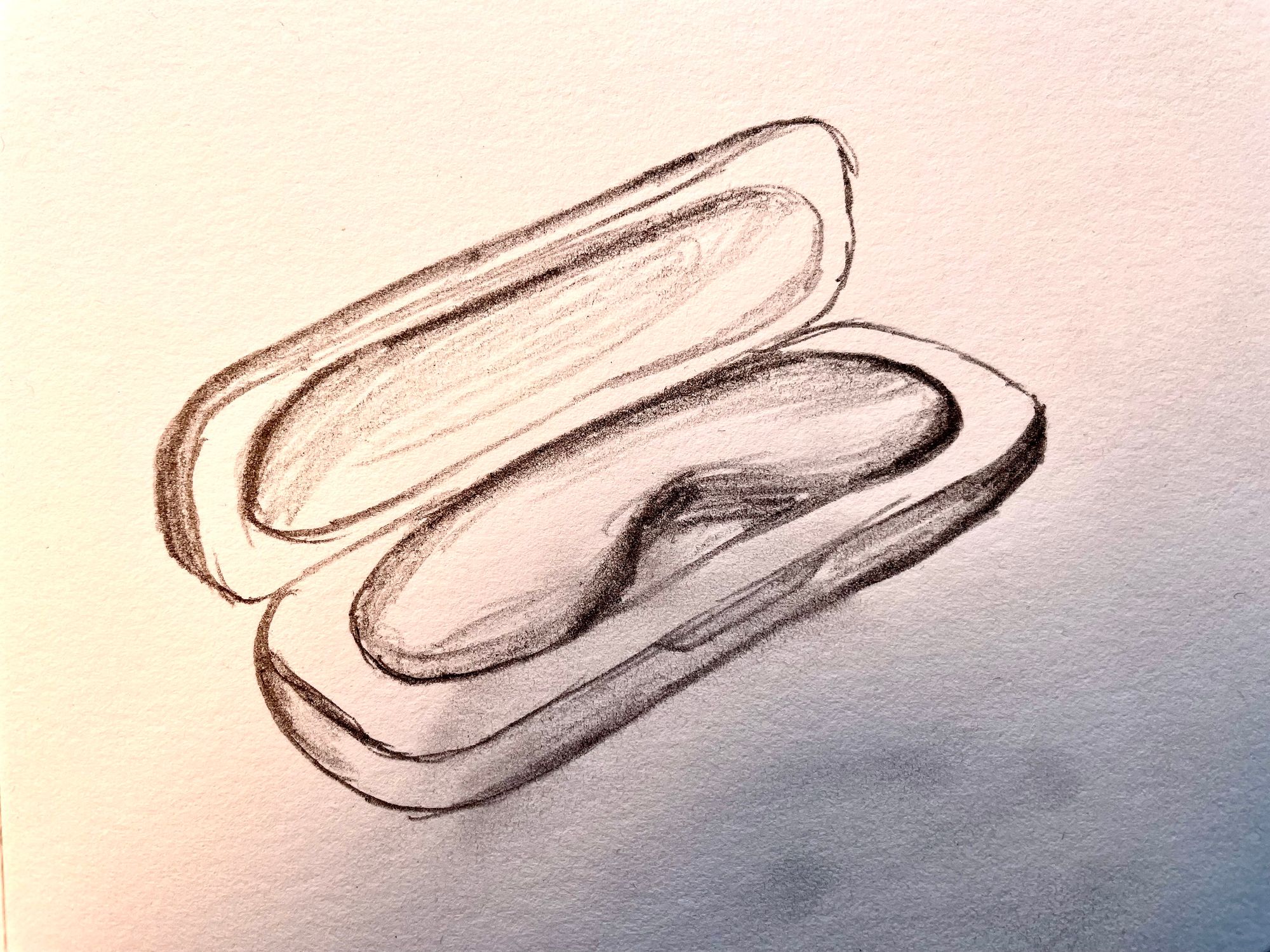
Everyone who wears glasses has a case. I have long thought if Apple ever makes glasses, then I can’t wait to see what the case would be like.
I imagine a case more like my AirPods Pro case than the embarrassment of the AirPods Max case — a case that charges and protects my device.
If Apple makes a case for the device, it’d make it easy to transport and could easily be slipped in a bag for travel. If combined with the battery in some way, I’m keen to see how the two would pair and perhaps offer a symbiotic relationship, just as with the AirPods and their case.
What will it cost?
There are rumours galore that the Apple headset will cost in the region of $2,999. If we apply the same logic to these rumours as we have done for the release of the device itself, one can only conclude that the device will either cost $2,999 or less.
Many will recall that when the iPad was announced, Apple did nothing to quieten the rumours suggesting the device would retail for $999 — in Mac territory. Ultimately, the iPad came on sale for $499 much to the delight of early buyers.
The Apple headset may be a little different — clearly the cost of the components and research and development of this device are unlike anything that has come before it.
Even if Apple were to follow the iPad playbook and announce the device at half the rumoured price, it’d likely be losing money on each device — extremely unlikely. Not only that, but it’d also still be $1,499 — far more than even the highest end iPhone.
The rumours also suggest that Apple intends to manufacture a relatively small number of devices initially, suggesting they expect the device to sell in tiny quantities compared to any of their flagship products on sale today.
Perhaps the first version of this headset will be expensive. In time, with future iterations, the price will come down, device production will ramp up, and Apple will follow its playbook of bringing a hit product to tens, or maybe hundreds of millions of people around the world.
A word on the metaverse
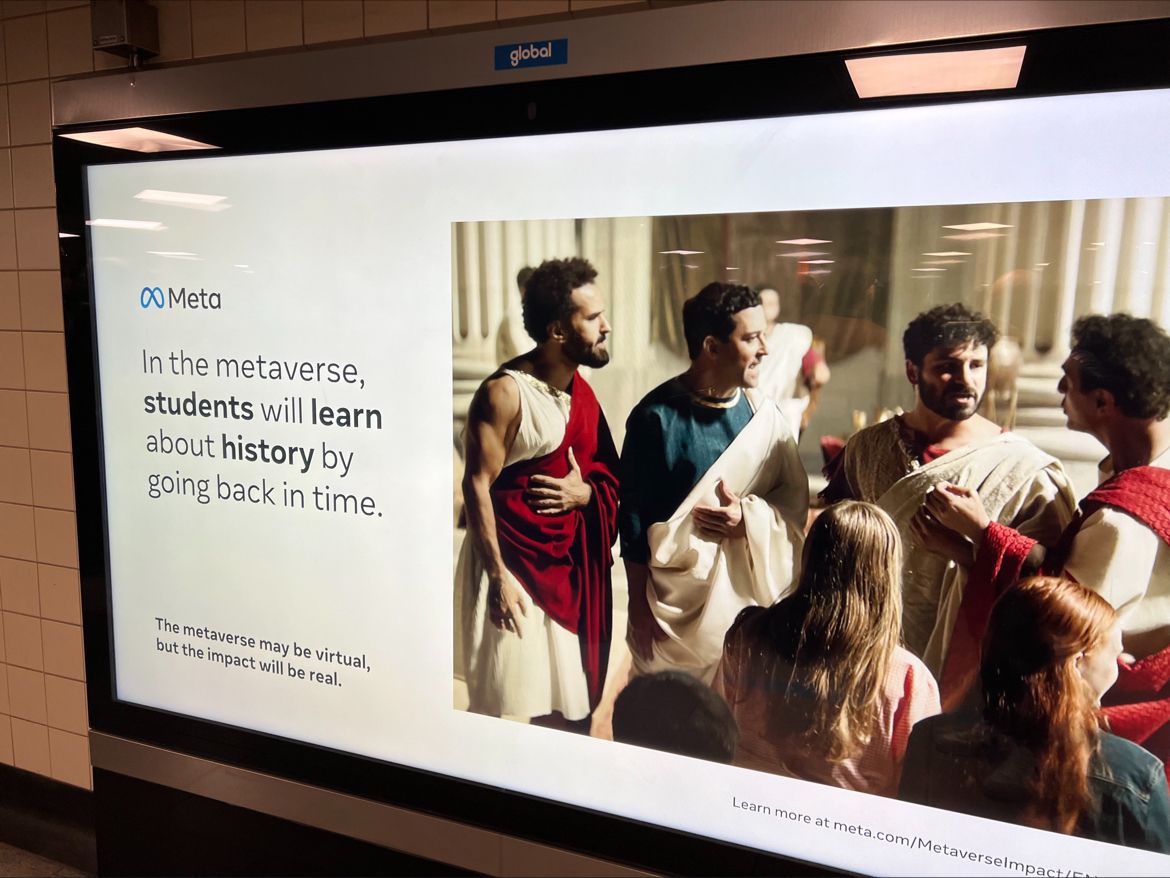
“It's a 'word I will never use” — Apple executive Greg Joswiak on the Metaverse
Apple doesn’t talk about the metaverse because it’s bullshit. It’s a buzzword that has been created and ruined by marketing hype to describe an ambiguous combination of AR, VR, hardware, software, and interconnected communities. It’s a generic term, but also seemingly partially owned by Meta.
Meta, meanwhile, have continued to advertise the metaverse around the world. In London, until as recently as April 2023 I have been seeing many ads on the London Underground from Meta describing the metaverse and its potential.
I perceive the whole campaign to be a wholly uninspired, desperate attempt to drum up excitement for what seems to be a concept disconnected from a current shipping product or offering.
I can’t wait to see more
As of writing this, tomorrow we will know everything.
I can’t wait to see what Apple reveals. It might just be the future of human-computer interaction.
